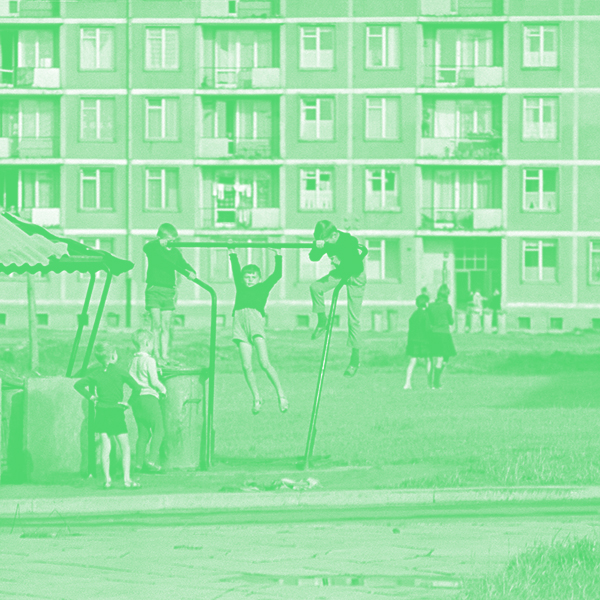He was born in Warsaw in 1930. He graduated with a degree in Architecture from the Wrocław University of Technology. In 1958, along with wife Maria, he won a nationwide competition for the design of a Tychy church, following which the couple moved to Tychy and began working on the design of new housing estates as part of a team led by urban planners Kazimierz and Hanna Wejchert at Miatoprojekt Nowe Tychy. He designed independently or jointly with his wife, a number of residential, public and religious projects, including the Secondary School of Building Technology, a special school, Housing Estate W, several high-rise buildings in the city centre and St. Hedwig's Church.
He has been involved in photography since his early years and has ‘since always’ photographed the architecture of the city and the changing spaces of the city's subsequent housing estates D, E, F, M, N, O, K, W.
From the 1960s to the 1980s, he took a keen interest in observing and recording social life. He photographed people in the streets, at large events, on their way to and from church, at book fairs and sports competitions. His photos also depict backyard scenes or children playing in abandoned building sites.
His earliest black-and-white photos were taken with an analogue, small-format Exa camera, while the 6x6cm ones were shot with a Practisix SLR camera. He personally developed his negatives and made positive prints on photographic paper in his home darkroom.
Between 2005 and 2012 he donated about 400 photographs to the Museum in the form of positives and in digital form. In 2018, (following Andrzej Czyżewski's death in 2016), his family also donated a fragment of his photographic collection in the form of black-and-white negatives.
